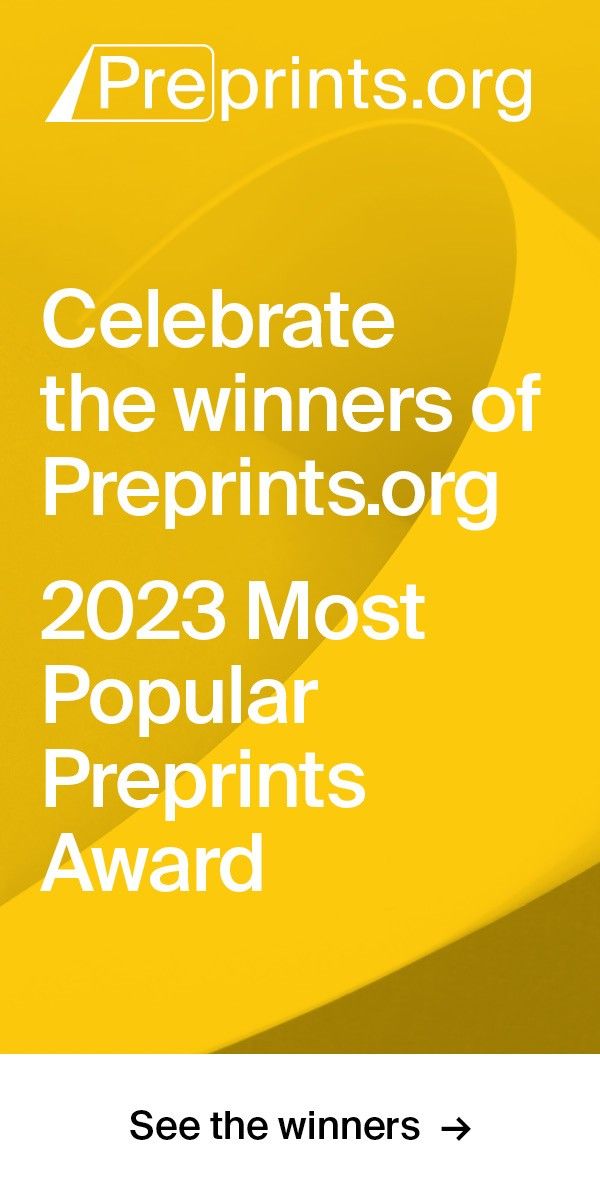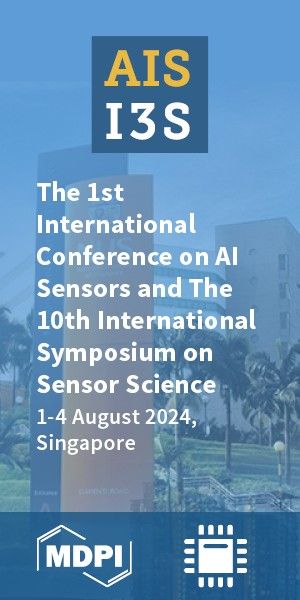Article
Version 1
Preserved in Portico This version is not peer-reviewed
Technology Acceptance Level of Dark Web Users
Version 1
: Received: 17 April 2024 / Approved: 17 April 2024 / Online: 17 April 2024 (13:24:32 CEST)
How to cite: Çelik, H.; Ziyanak, S. Technology Acceptance Level of Dark Web Users. Preprints 2024, 2024041156. https://doi.org/10.20944/preprints202404.1156.v1 Çelik, H.; Ziyanak, S. Technology Acceptance Level of Dark Web Users. Preprints 2024, 2024041156. https://doi.org/10.20944/preprints202404.1156.v1
Abstract
“Dark Web” usually describes a new world of e-living space perceived as a place, free from con-straints, in which its main actors generally are criminal, unstable, and mentally disturbed individ-uals. Nowadays, advancements in information and internet technologies have made the Dark Web more accessible in recent decades. The Dark Web is a virtual world component; therefore, as-sessing users’ behavior may be crucial in understanding motivation to use it. This study aims to discuss the behavior patterns of Dark Web users within the theoretical framework of the technol-ogy acceptance model via a structural equation model. The resulting structural equation model showed that considered causal relationships were statistically significant.
Keywords
Dark Web; Deep Web; Structural Equation Modeling; Technology Acceptance Model
Subject
Social Sciences, Behavior Sciences
Copyright: This is an open access article distributed under the Creative Commons Attribution License which permits unrestricted use, distribution, and reproduction in any medium, provided the original work is properly cited.
Comments (0)
We encourage comments and feedback from a broad range of readers. See criteria for comments and our Diversity statement.
Leave a public commentSend a private comment to the author(s)
* All users must log in before leaving a comment









